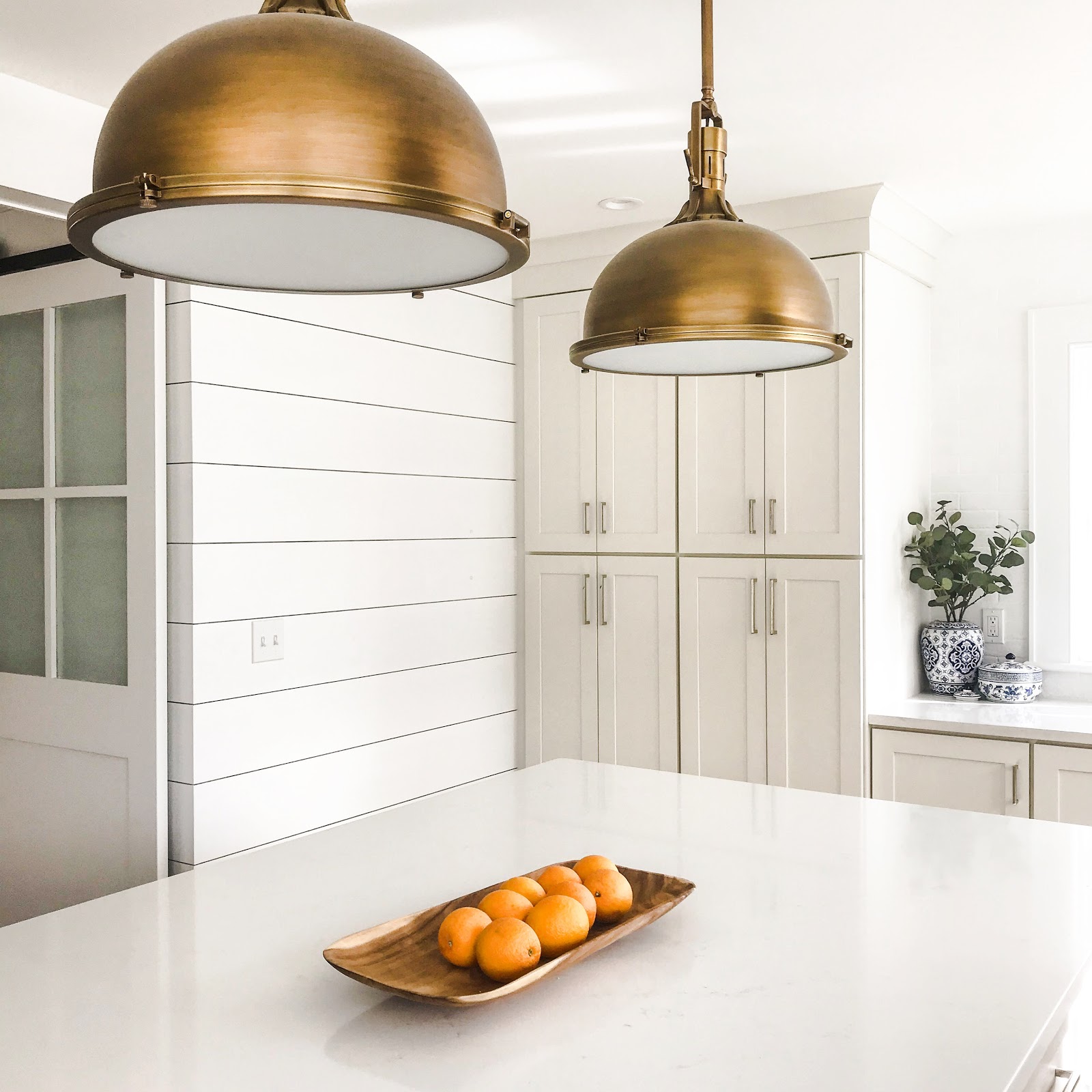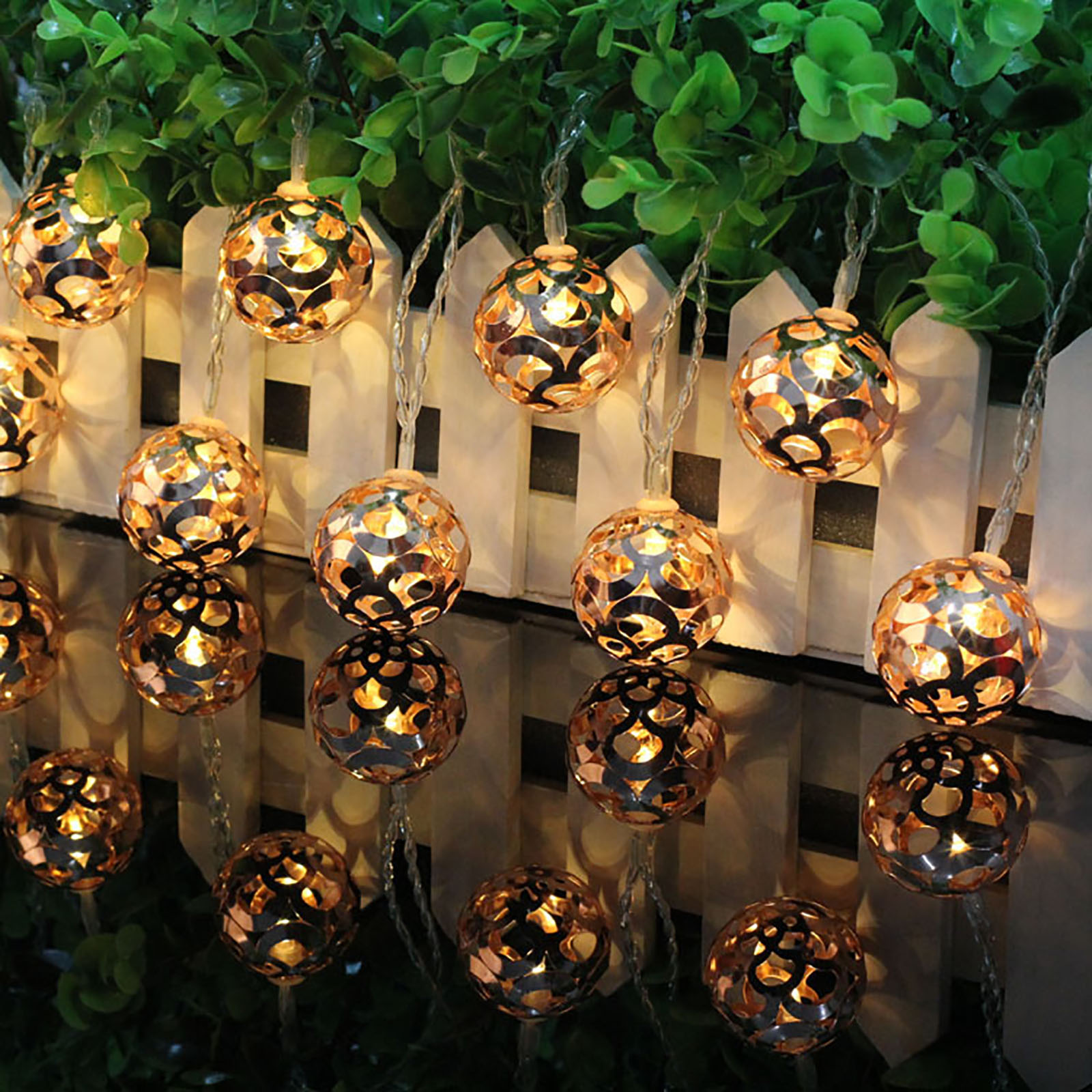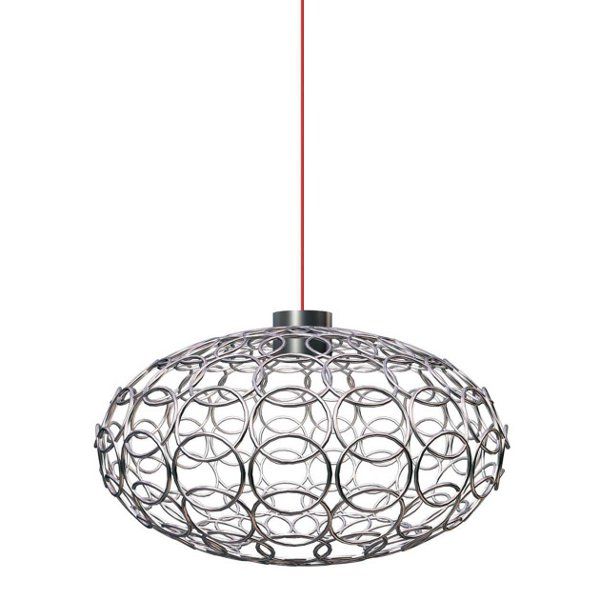Metal kitchen pendant lights have become a staple in modern home design, bringing both functionality and style into the heart of our homes. When selecting the right pendant lights, there’s a lot to consider. These lights not only illuminate your kitchen workspace but also serve as an important design element that can tie your entire kitchen aesthetic together. Pendant lights are particularly well-suited for kitchen islands or counters, offering focused light that is ideal for tasks like cooking or food preparation, while also serving as a decorative element.
One of the key benefits of metal kitchen pendant lights is their durability. Metal fixtures are generally more robust and longer-lasting than their glass or plastic counterparts. They can withstand the inevitable bumps and splashes that occur in a busy kitchen, and they’re relatively easy to clean. If you’ve ever had a pendant light in your kitchen before, you know how quickly grease and dust can accumulate. Metal lights, especially those with smooth finishes, are much easier to maintain, allowing you to simply wipe them down without much effort.

Another important aspect of metal pendant lights is their versatility in design. They come in a wide variety of shapes, sizes, and finishes, making it easy to find something that matches your kitchen’s overall style. Whether you’re going for an industrial look with exposed bulbs and matte black fixtures, or a more rustic vibe with aged brass or copper, metal pendant lights can be customized to suit your personal taste. Additionally, many metal finishes are customizable, allowing you to choose between a polished, brushed, or matte look. This versatility makes it easy to find something that complements your cabinets, countertops, and other kitchen hardware.
In terms of function, metal pendant lights are incredibly efficient. Because they are often designed with reflective surfaces, they can help to amplify the amount of light in your kitchen. This is particularly useful if your kitchen has poor natural lighting or if you like to cook at night. The metal shades of pendant lights often direct light downward, focusing it on your kitchen island or counter where it’s needed most. This means you can work without casting shadows, which is a common issue with overhead lights.

When deciding on the number and placement of your metal pendant lights, there are a few things to keep in mind. First, think about the size of your kitchen island or counter. Larger islands may require three or even four pendant lights for illumination, while smaller spaces might only need one or two. Spacing is also important. Typically, pendant lights should be spaced about 24 to 30 inches apart to ensure even lighting. The height of the pendant lights should also be considered, as they should hang about 30 to 36 inches above the countertop to avoid obstructing views but still provide adequate light.
Another factor to consider is the type of bulb you’ll use in your pendant lights. LED bulbs are a popular choice because they’re energy-efficient and long-lasting. They also come in a variety of color temperatures, allowing you to choose between warm or cool lighting depending on the ambiance you want to create. If you prefer a more traditional look, you could opt for incandescent bulbs, though they do use more energy and need to be replaced more often.

It’s also worth thinking about dimmability. Many metal pendant lights are compatible with dimmer switches, which can be a great way to adjust the mood of your kitchen depending on the time of day or the task at hand. For example, bright lighting may be preferable while cooking, but you might want to lower the brightness for a cozy evening meal or entertaining guests. This added flexibility can make your kitchen feel more dynamic and multifunctional.
Metal pendant lights also offer a timeless appeal that can elevate the design of your kitchen for years to come. Unlike trendy or overly decorative light fixtures, metal lights tend to have a more understated, classic look that ages well. Whether you’re doing a full kitchen renovation or just looking to upgrade your lighting, metal pendant lights are a smart investment that won’t feel outdated in a few years. They’re also versatile enough to work in a variety of settings, from sleek modern kitchens to more traditional or rustic spaces.
Of course, it’s important to ensure that your metal pendant lights are properly installed. You may be tempted to try a DIY installation, but for something as crucial as electrical wiring, it’s often best to hire a professional. This ensures that the lights are safely and securely mounted and that the electrical components are correctly wired. Faulty wiring can be a safety hazard, and improper installation can lead to issues like flickering lights or poor functionality.
Maintenance is another factor to keep in mind when choosing metal pendant lights. While they are generally easier to clean than other materials, metal can still show signs of wear over time. For instance, certain metals may tarnish if they are exposed to moisture or grease. To keep them looking their best, it’s important to clean them regularly with a damp cloth and avoid harsh cleaning chemicals, which can damage the finish. If your pendant lights are made from a metal that is prone to tarnishing, such as brass or copper, you may need to periodically polish them to maintain their luster.

Another consideration is the environment in which your pendant lights will be placed. If your kitchen is particularly humid, or if you live in a coastal area with salty air, certain metals may corrode more quickly. In such cases, it might be worth choosing a metal finish that is more resistant to corrosion, like stainless steel or aluminum. These metals are not only durable but also relatively lightweight, which can make installation easier.
It’s also worth noting that metal pendant lights can be an excellent way to add a touch of luxury to your kitchen without breaking the bank. While high-end light fixtures can be quite expensive, there are plenty of affordable options that still offer the same level of style and durability. You don’t necessarily need to splurge on designer lights to achieve a high-end look. Often, simply choosing a classic metal finish like brushed nickel or matte black can give your kitchen a sleek, upscale feel.
One final benefit of metal pendant lights is their eco-friendliness. Many metal fixtures are made from recycled materials, making them a more sustainable choice compared to plastic or glass. Additionally, because they are so durable, metal lights have a longer lifespan, which means fewer replacements and less waste over time. If sustainability is important to you, this is something to consider when shopping for pendant lights.
Metal kitchen pendant lights offer a winning combination of style, durability, and functionality. They can enhance the overall design of your kitchen while providing practical lighting for everyday tasks. With so many options available, from finishes to sizes to shapes, you’re sure to find something that perfectly suits your space. By carefully considering factors like size, placement, and bulb type, you can create a lighting plan that not only looks great but also meets your needs. And with proper care and maintenance, your metal pendant lights will serve you well for years to come.

Common Mistakes to Avoid
When choosing and installing metal kitchen pendant lights, there are several common mistakes that homeowners often make. One of the most frequent errors is selecting lights that are too large or too small for the space. Pendant lights that are too large can overwhelm a kitchen, while lights that are too small may not provide enough illumination or visual impact. It’s important to measure your space carefully and choose appropriately sized fixtures.
Another common mistake is improper spacing. If your pendant lights are placed too close together, the lighting may be too intense in one area, leaving other parts of the kitchen in shadow. On the other hand, placing the lights too far apart can create uneven lighting. Following guidelines for proper spacing (typically 24 to 30 inches apart) can help ensure even illumination.
Height is another factor that people often get wrong. Pendant lights that hang too low can obstruct the view across the kitchen or make the space feel cramped. Conversely, lights that are hung too high may not provide adequate task lighting. The ideal height is usually 30 to 36 inches above the countertop.
Lastly, some homeowners forget to consider dimmability when selecting pendant lights. Being able to adjust the brightness can make a big difference in creating the right ambiance, so opting for dimmable fixtures and compatible switches is always a good idea.

What type of metal is best for kitchen pendant lights?
The best metal for your kitchen pendant lights depends on your style preference and environment. Stainless steel is durable and resistant to corrosion, making it great for kitchens with high humidity or in coastal areas. Copper and brass can add warmth and character, though they may require more maintenance to prevent tarnishing. Aluminum is lightweight and often more affordable, but may not be as sturdy as other metals.
How do I clean my metal pendant lights?
Cleaning your metal pendant lights is relatively simple. Use a soft cloth dampened with water to wipe away dust and grease. Avoid harsh chemicals, as these can damage the finish. For metals like brass or copper that tarnish over time, you may need to use a specific metal polish to restore their shine. Regular cleaning is key to maintaining their appearance, especially in a kitchen where grime can build up quickly.
How many pendant lights should I use over my kitchen island?
The number of pendant lights you need depends on the size of your kitchen island. For a small island, one or two pendant lights are usually sufficient. Larger islands may require three or more lights to ensure even illumination. A good rule of thumb is to space the lights about 24 to 30 inches apart to avoid overcrowding and ensure proper lighting coverage.

Can I install metal pendant lights myself?
While it’s possible to install pendant lights yourself, it’s often safer to hire a professional, especially if you’re not experienced with electrical work. Improper installation can result in flickering lights, faulty wiring, or even electrical hazards. A professional can ensure that the lights are properly mounted, wired, and spaced for optimal lighting and safety.
Are metal pendant lights energy-efficient?
Metal pendant lights can be energy-efficient, depending on the type of bulb used. LED bulbs are the most energy-efficient option, using far less electricity than incandescent or halogen bulbs while providing the same amount of light. Additionally, many metal pendant lights are compatible with dimmer switches, allowing you to reduce energy use when full brightness isn’t necessary.
How high should pendant lights hang over a kitchen counter?
Pendant lights should typically hang about 30 to 36 inches above the countertop. This height provides sufficient task lighting without obstructing views across the kitchen. For higher ceilings, you may want to adjust the height slightly, but keeping the lights within this range ensures both practicality and aesthetics.

Analia Vintage 3-Light Cluster Pendant Farmhouse lighting

Pendant Lighting Kitchen – Home lighting

Pendant lighting Industrial kitchen light

Pin on A M A Y Z I N G * L A M P S

Pin on Lighting

Related Posts:
- Hamptons Style Kitchen Lighting
- Best Kitchen Lighting For Low Ceilings
- Large Flush Mount Kitchen Light Fixtures
- Flexible Led Strip Lights Kitchen
- Mini Pendant Lights Over Kitchen Sink
- Kitchen Lighting Rules
- Over Kitchen Sink Led Lighting
- Cost To Install Recessed Lighting In Kitchen
- Under Cabinet Kitchen Lighting Halogen
- Kitchen Lighting Requirements